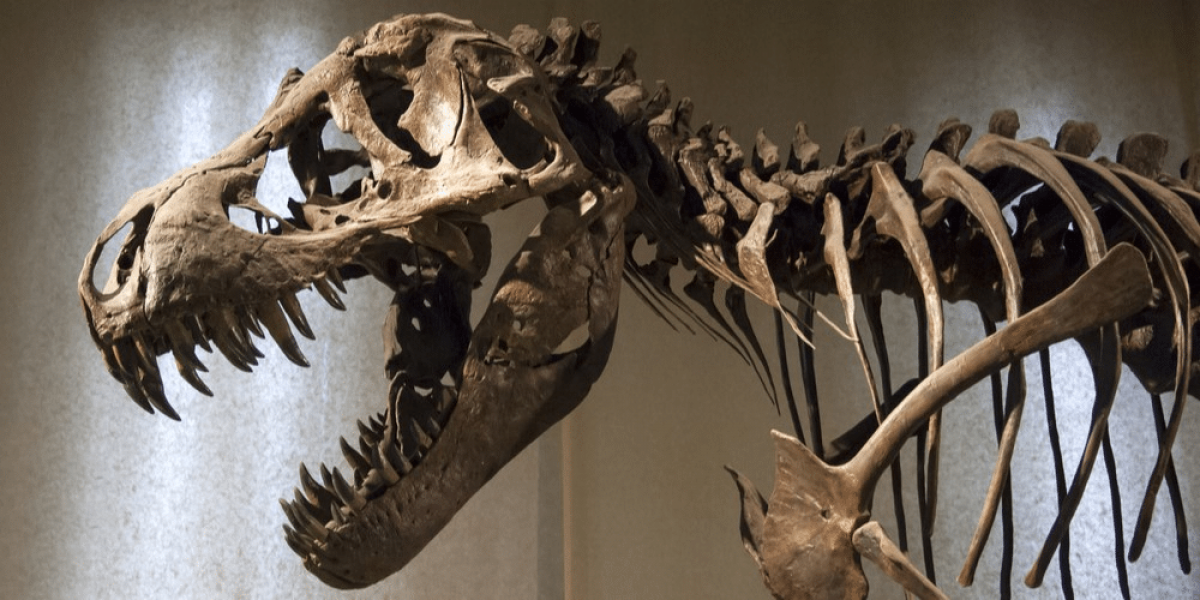In a groundbreaking revelation, researchers have stumbled upon the gastronomic secrets of a juvenile Gorgosaurus libratus, a species of tyrannosaur that roamed Alberta and North America during the late Cretaceous period. This remarkable find provides a rare glimpse into the dietary preferences of these iconic predators, shedding light on their selective tastes and changing appetites.
Tyrannosaur’s Last Meal
The fossil, discovered in Alberta’s Dinosaur Provincial Park in 2009, contains the perfectly preserved stomach contents of the young Gorgosaurus. This marks a historic moment as it is the first instance of a tyrannosaur’s stomach contents being uncovered, offering a unique opportunity to understand their feeding behaviors.
The Culinary Delight: Citipes Elegans Drumsticks
The star of this prehistoric feast is the hind legs of two baby dinosaurs belonging to the Citipes elegans species. The juvenile tyrannosaur, weighing about 772 pounds and measuring 13 feet in length, displayed a particular fondness for the hind limbs of these birdlike prey. The revelation prompts the co-lead author, Darla Zelenitsky, to humorously remark, “Obviously this teenager had an appetite for drumsticks.”
Picky Eater: Selective Consumption of the Gorgosaurus
Examining the fossilized remains, researchers discerned that the young Gorgosaurus was a discerning eater. Its last and second-to-last meals consisted solely of the hind legs of the Citipes, indicating a picky palate. The researchers speculate that the tyrannosaur must have killed and consumed each prey item separately, leaving behind the rest of the carcasses.
The Significance of Age: Growth Marks and Dietary Patterns
Through meticulous analysis of thin slices sampled from the fossilized bones, paleontologists were able to determine the ages of both the predator and its prey. Growth marks, akin to the rings of a tree, provided insights into the developmental stages of the young tyrannosaur. This finding supports the hypothesis that juvenile tyrannosaurus had distinct diets from fully developed adults.
Dietary Evolution: Changing Appetites of Top Predators
The fossilized evidence challenges long-suspected dietary patterns among large predatory dinosaurs. The teenage Gorgosaurus, with a diet focused on swift, small prey, deviated from the eating habits of its fully grown counterparts. This discovery emphasizes the dynamic nature of tyrannosaurs during their growth, transitioning from slender forms to robust, bone-crushing dinosaurs.
Ecological Impact: Niche Filling by Juvenile Tyrannosaurus
The voracious appetite of juvenile tyrannosaurus, including the Gorgosaurus in question, provides a plausible explanation for the scarcity of mid-sized predators in the fossil record. This discovery supports the hypothesis that young tyrannosaurs filled a specific ecological niche, influencing the diversity of dinosaur species in the ecosystem.
Takeaway
In conclusion, the discovery of the Gorgosaurus libratus with its last meal perfectly preserved opens a tantalizing window into the dietary habits of juvenile tyrannosaurus. This finding not only enriches our understanding of these iconic predators but also contributes valuable insights into the ecological dynamics of the late Cretaceous period.


















